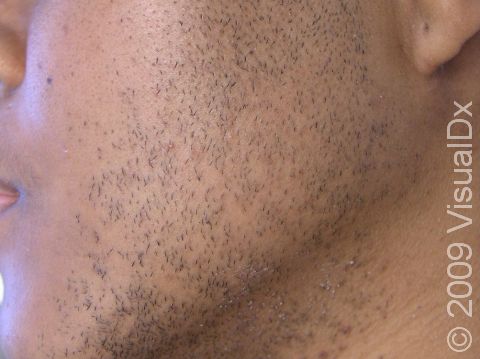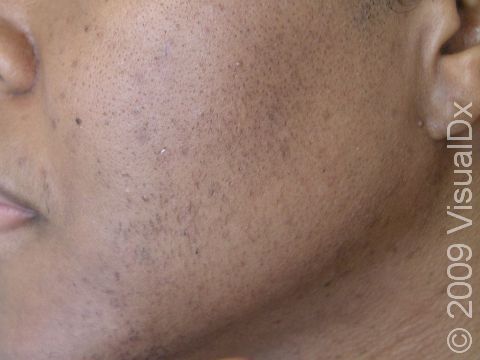Ethnic Skin, Cosmetic Procedures
Ethnic skin is a term used to indicate a person with olive or darker skin who tans easily. Patients with dark skin often display fewer signs of aging than similarly sun-exposed whites and, therefore, may require a different approach. Medical advances in dermatology have made it possible for people with darker skin types to benefit from many cosmetic procedures that were formerly only available to lighter-skinned patients.
Some of available procedures that can be done for ethnic skin are as follows:
- Botulinum toxin injection (Botox®)
- Microdermabrasion
- Chemical peels
- Injectable fillers
- Many laser treatments (eg, laser hair removal)
Who's At Risk?
Cosmetic procedures for ethnic skin can result in improvement or removal of the following:
- Acne scars
- Melasma
- Skin color irregularities
- Wrinkles
- Textural changes and enlarged pores
- Unwanted facial hair
Signs & Symptoms
There is a wide variety of procedures that can be used, and each may have specific requirements. However, in general, it may be best to prepare for procedures by doing the following:
- Avoid tanning (wear sunblock and protective clothing, such as hats, and make these changes as a lifestyle modification).
- Avoid using anything irritating prior treatment.
- If needed, take a prophylactic antiviral pill to prevent herpes simplex virus (HSV) outbreak.
Self-Care Guidelines
Please see the individual cosmetic procedures via the VisualDxHealth Disease List.
Treatments
Please see the individual cosmetic procedures via the VisualDxHealth Disease List.
When to Seek Medical Care
It is very important for patients with ethnic skin to carefully choose a doctor with experience in treating patients with similar skin types. People with ethnic skin more likely experience unwanted blistering, discoloration, and scarring of their skin during the healing phase after the procedure. This color change may cause the skin to lighten or darken and is more likely with some laser technologies.
What are the symptoms or conditions that make such treatments inadvisable?
- Allergies to any of the procedure components or ingredients
- Active infection at the treatment site
- Unrealistic patient expectations
- History of keloid formation
Last modified on October 10th, 2022 at 8:44 pm

Not sure what to look for?
Try our new Rash and Skin Condition Finder

